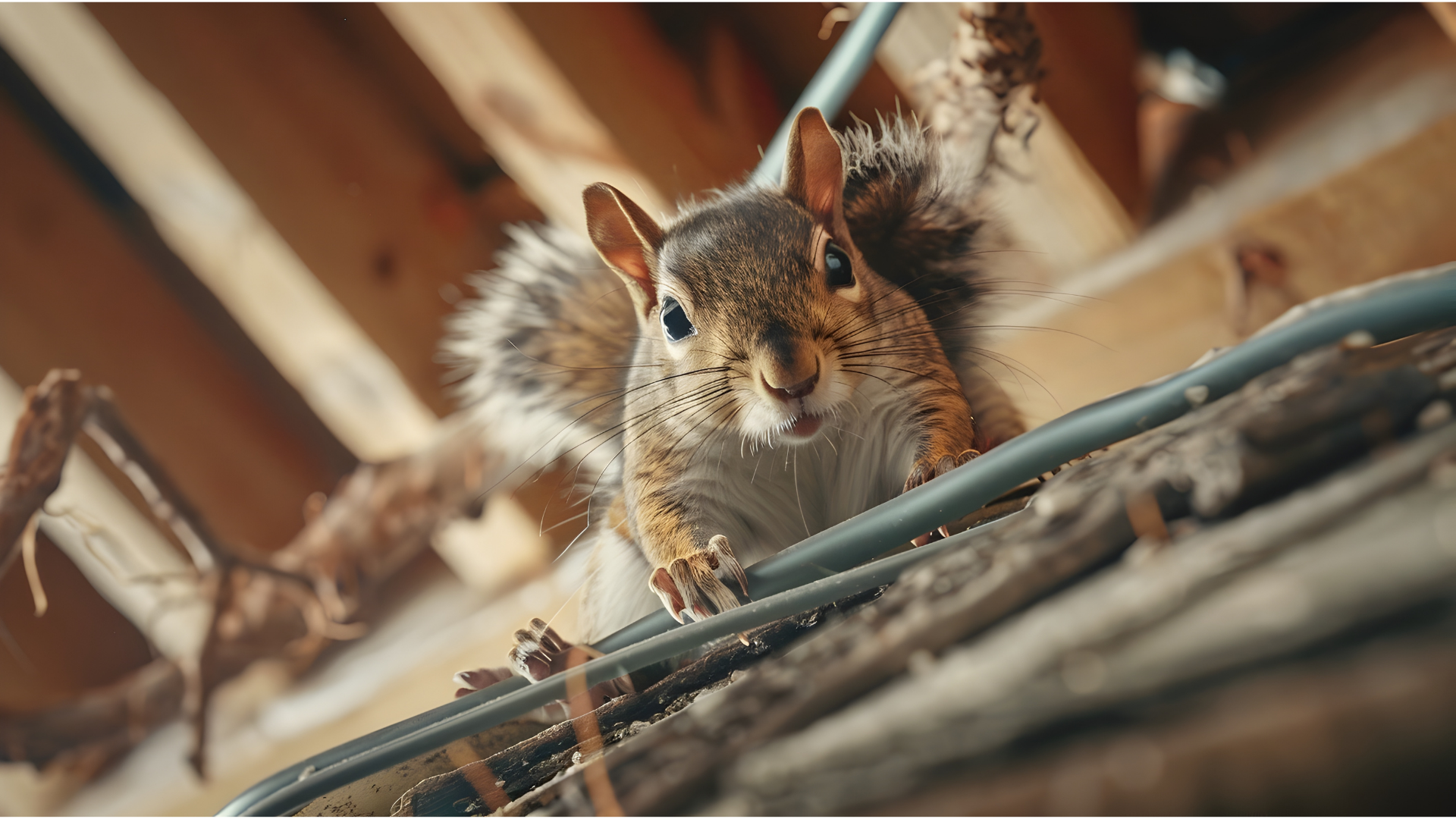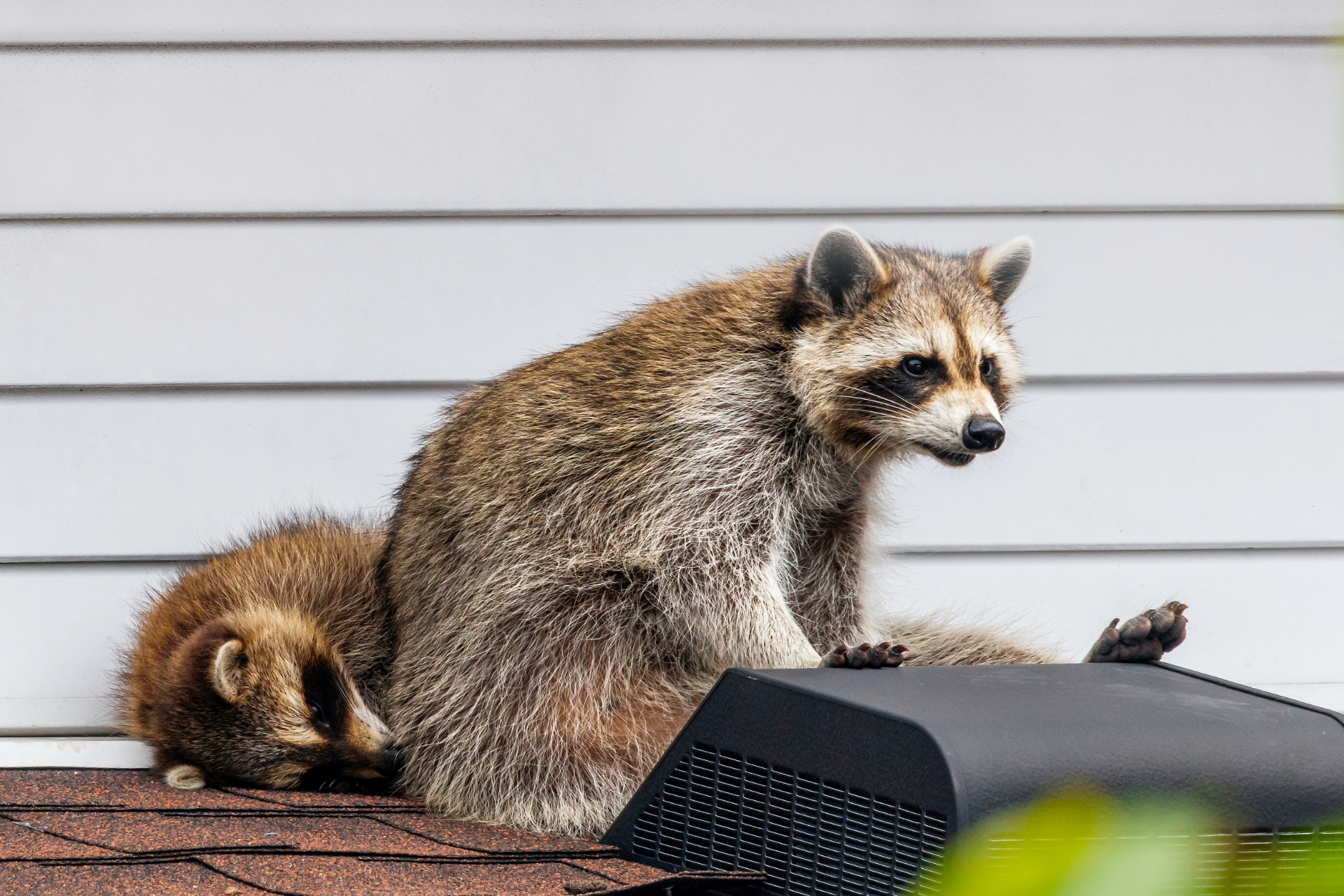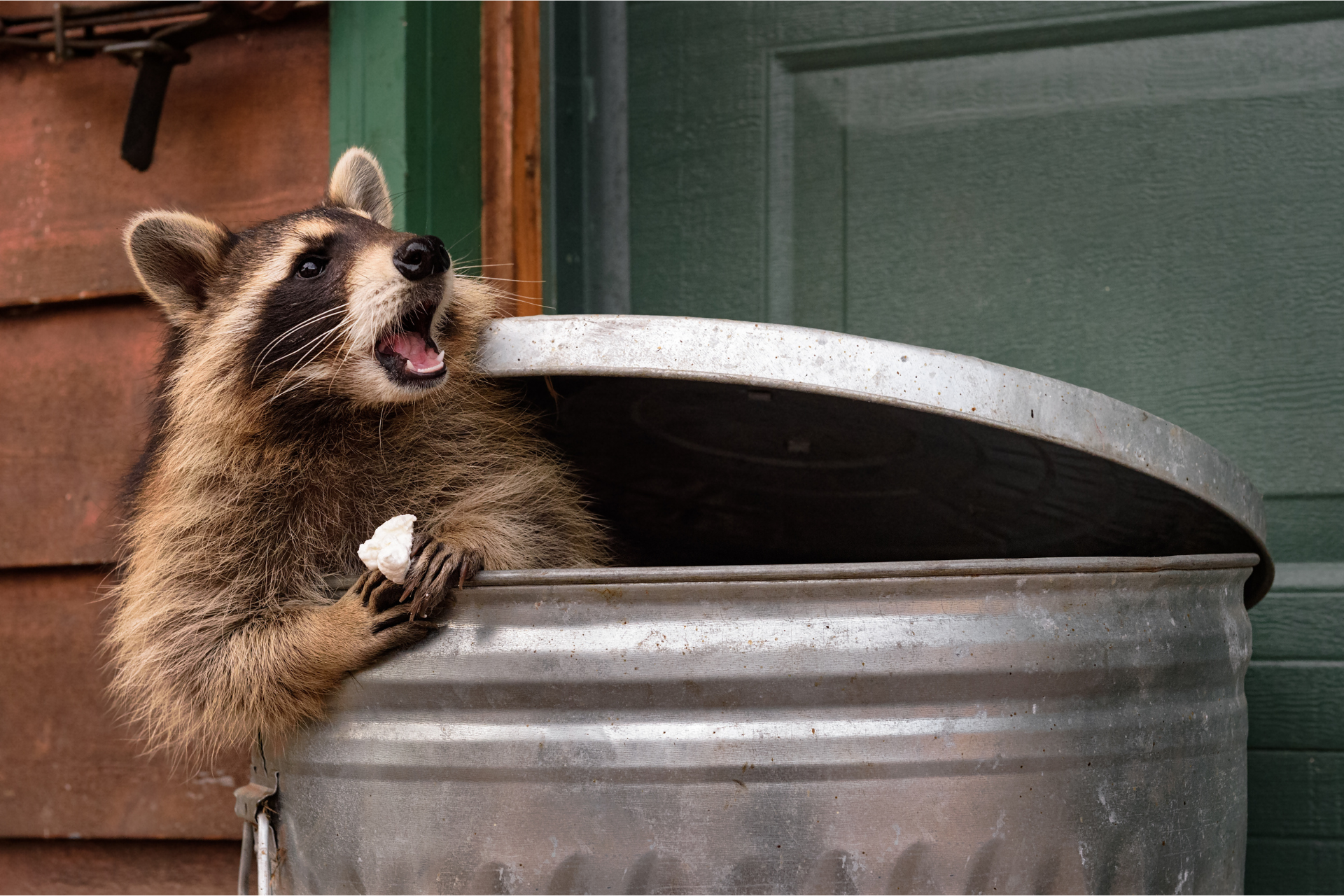Wildlife Habits That Increase Re-Entry Risk
How Animal Behavior Leads To Repeat Infestations
When animals break into a structure, it’s easy to assume that the incident will only be a one-time situation. Unfortunately, many species rely heavily on routine, familiar routes and long-standing instincts that drive them to use the same opening they safely used before. These patterns are rooted in how they navigate, how they explore, and how they respond to stress. Once a sheltered place that meets its needs is identified, that spot tends to stick in its memory as a reliable landmark. Even if that entry point gets blocked or the critter is forced out, the imprint of that space remains. It becomes part of how the creature views the surrounding landscape.
Different species rely on distinct cues, though many share a strong preference for areas that feel secluded, dry, and protected from harsh conditions. If a building provides those comforts once, creatures looking to invade will pay attention. Their senses, especially their sense of smell, play a major role in guiding their movements. Residual odors from their previous visit can pull them right back to the structure, and because those scent trails last, the attraction remains long after they’ve already moved on elsewhere. Some animals pick up on familiar pathways through touch or repeated movement. They sense tiny vibrations or subtle changes in airflow that humans rarely notice, which encourages them to retrace their steps.
These tendencies don’t necessarily come from stubbornness but rather from instinct. Animals depend on consistency for survival, and anything that resembles dependable shelter becomes a valuable resource. A building that was previously entered successfully, even once, is interpreted as an opportunity that might still exist, so the draw remains even when conditions change. That’s why it’s important to understand how these creatures think and what pushes them toward persistence.
Territorial Behaviors That Encourage Coming Back
Territorial instincts play a huge part in why certain species return to the same structure multiple times. A habitat, even if temporarily used, becomes more than a hiding place. It can feel like part of a broader territory that the animal believes it has claimed. This sense of ownership has nothing to do with a dispute or dominance in a human sense. It’s more about the creature’s need for dependable shelter within the area it considers its home range. When a building ends up inside that range, the creature may continue checking it, just as it monitors other familiar landmarks.
Some species patrol their territory by following patterned loops. During these circuits, they revisit places they’ve explored before. If a building offered warmth or a quiet nesting spot, the memory of that comfort influences their route. They may return repeatedly to investigate, even if conditions have changed or the entry point has been sealed. Their instincts guide them to double-check because, for them, abandoning a known shelter without verifying its continued usefulness could put them at risk.
Scent marking can intensify this pull. Animals that use scent as part of their territorial communication leave behind subtle indicators of their presence. These scents aren’t meant for humans, but for other animals of their species. When they detect their own scent markers, it triggers curiosity and a drive to re-examine the site. The marked spot becomes part of their internal map. Because scent cues persist, these animals hold a vivid recollection of the space and feel compelled to evaluate it again.
Even species that don’t fiercely defend territory can still act in ways that resemble territorial behavior. They might travel through the same routes because those paths feel predictable and low-risk. A structure that they once accessed becomes a checkpoint. Their natural rhythm encourages repeated exploration, especially if the area sits close to food or water sources. This habitual monitoring makes re-entry attempts common.
How Sheltering Habits Are Reinforced
For wildlife, a reliable shelter provides relief from predators, unstable weather, and stressful environmental conditions. When a structure happens to satisfy these needs even once, the experience creates a strong behavioral imprint. Animals depend heavily on memory to survive and are quick to reinforce strategies that worked previously. That means a building that kept them warm, quiet, or protected is considered a favored options. If they got inside once, the place earns a mental stamp of approval.
This doesn’t mean wildlife rationalizes the way humans do. What happens instead is a blend of familiar scents, memories, and survival-driven reinforcement. Once a structure is associated with comfort or safety, that mental link makes that spot feel like part of its extended habitat. Even if the intrusion was brief, the impression remains vivid. They may attempt to return repeatedly, especially during stressful periods such as breeding season or extreme weather.
The architecture of a building can unintentionally encourage this pattern. Gaps, weak points, or damaged exterior sections can become part of the animal’s learned route. Once those pathways are discovered, the creature may return simply because the route felt successful the first time. Their movements are shaped by habit, not experimentation, so they choose the familiar path without questioning it.
If young animals were present during the intrusion, the likelihood of repeated attempts can increase. Offspring often learn routes and shelter locations from a parent. Even after they mature, they may revisit those same structures because the memory formed during early development influences their behavior. The structure becomes part of their formative experience and, as a result, part of their natural routine.
The Role Of Instinct In Changing Conditions
When environmental conditions shift, wildlife tends to fall back on the most familiar options available. Structures that provided shelter during past challenges become the first places the animal checks when searching for refuge again. If food sources thin out or temperature swings become intense, the creature may increase its patrol of known areas, including human-made buildings.
In some cases, the surrounding landscape pushes wildlife closer to structures simply because natural shelter becomes harder to find. When harsh weather or increased competition reduces available hiding places, animals gravitate toward locations they recognize. The memory of a building that once provided a sheltered nook can stand out strongly. Even if they were removed or scared off before, the instinct to try again often wins.
Because these motivations come from survival rather than choice, wildlife tends to behave predictably. They rely on routine, scent recognition, and the comfort of familiarity. Once a structure becomes part of their mental habitat map, the drive to return remains strong, sometimes lasting through multiple seasons.
Wildlife behavior is shaped by instinct, memory, and the pursuit of dependable shelter. When an animal experiences comfort or protection inside a structure, that experience influences its future movements. The pull of familiar territory, the strength of habitual routes, and the lingering scent cues they leave behind can significantly increase re-entry attempts. If you’re dealing with recurring intrusions or want professional help preventing them, don’t hesitate to
contact us today. Our team can pinpoint the conditions that are attracting the unwanted attention and provide effective solutions to help you protect your property going forward.










